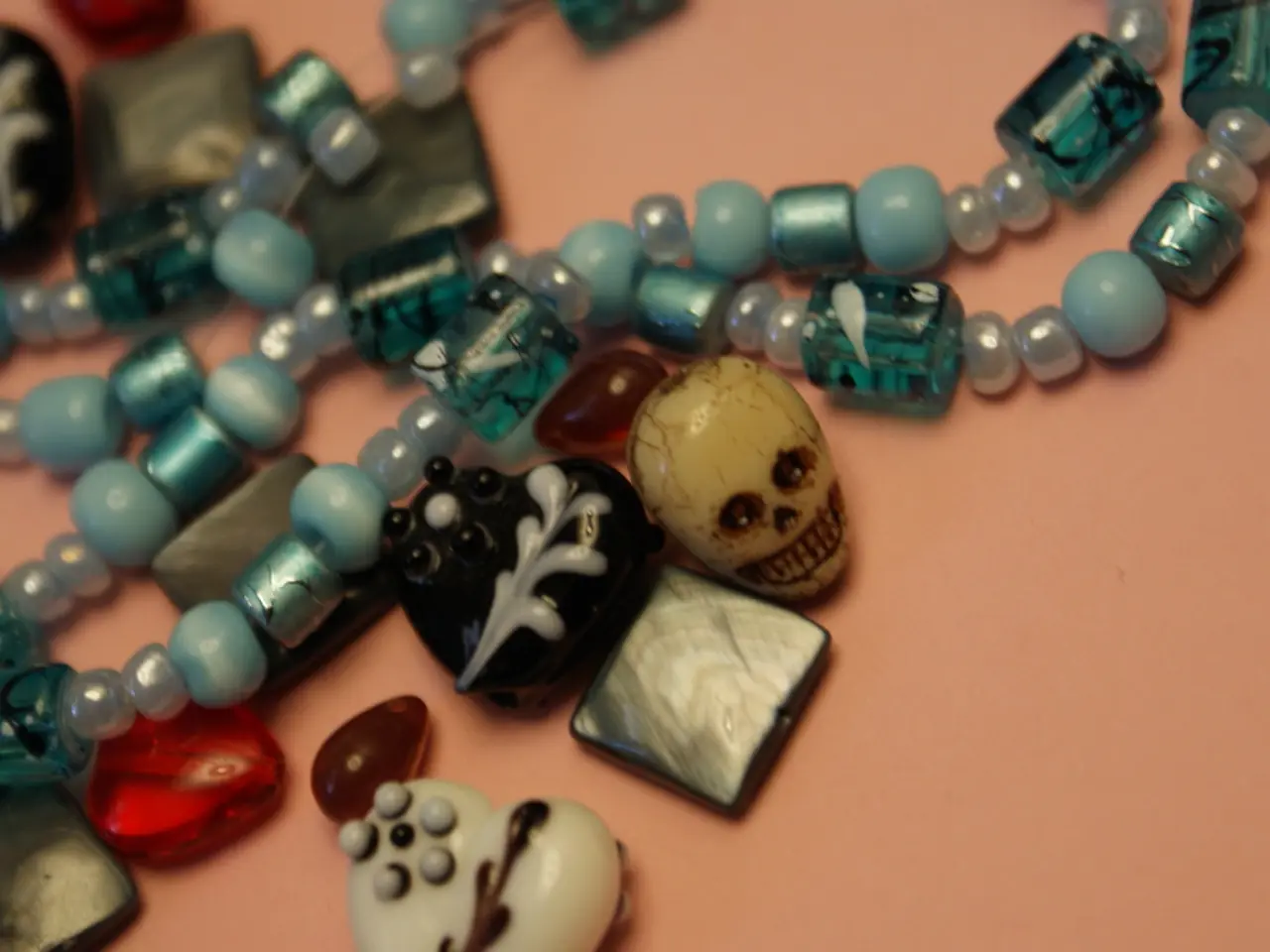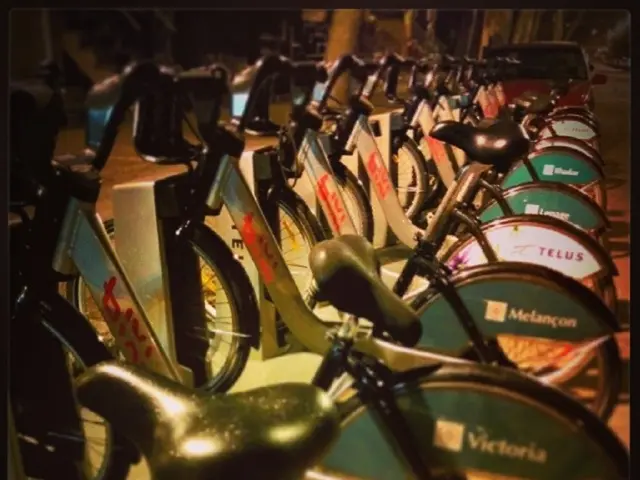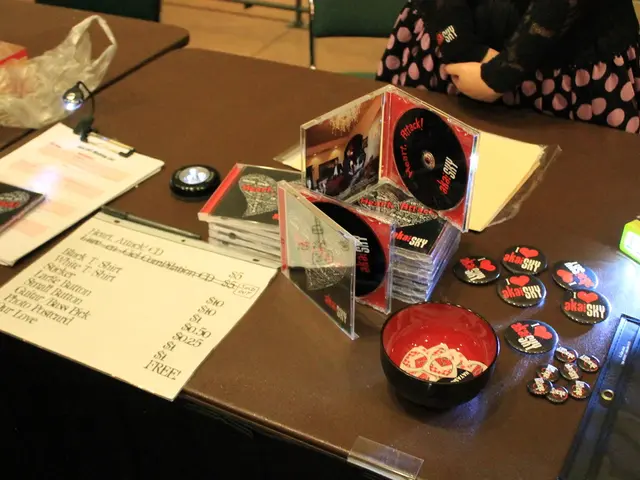Discover Eco-Friendly Jewelry Brands for Purchase in the Year 2025
In the ever-evolving world of fashion, a growing number of jewellery brands are embarking on a journey towards sustainability. Meadowlark, a pioneer in this movement, is making waves in the industry by prioritising traceability in its jewellery production.
One such brand sourcing lab-grown diamonds is Edge of Ember. Their supplier in India runs on 60% renewable energy and uses only recycled metals, demonstrating a commitment to reducing environmental impact.
YSSO, another sustainable jewellery brand, partners with a family-run Athenian workshop that employs traditional manufacturing techniques to create demi-fine, Mediterranean-inspired jewellery. Approximately 35% of YSSO's materials are locally sourced, and around 35% are recycled.
The jewellery industry, however, faces significant sustainability challenges. Mining precious metals and stones often leads to deforestation, soil erosion, water pollution, disruption to local communities, and exploitation of workers.
To address these issues, sustainable jewellery brands are turning to recycled or lab-grown materials. These alternatives reduce the environmental and ethical impact associated with traditional mining practices.
In addition to using materials responsibly, sustainable brands are implementing policies that promote sustainability. This includes using renewable energy sources, sourcing and supply chain transparency, reducing waste and pollution, and avoiding greenwashing.
Mejuri, a jewellery brand known for creating luxury-feeling jewellery without the luxury price tag, is a prime example of this approach. Mejuri uses Responsible Jewellery Council-certified gold, mostly from recycled sources, and 92% of its silver is recycled. The brand sources diamonds from conflict-free suppliers and offers a lab-grown range.
Meadowlark, another trailblazer, runs its own workshop and recycles all metal scrap, creating no waste. Lark & Berry exclusively uses lab-grown stones created with 100% renewable energy. Linjer's gold and silver designs are 100% recycled, and its diamonds are lab-grown.
Monica Vinader, another brand committed to sustainability, uses 100% recycled silver and gold, and more than half of its gemstone styles can be traced back to their mined origin.
The German jewellery industry is also embracing sustainability, with traditional handcrafted methods increasingly valued for their unique pieces or small series, transparency in local production, fair working conditions, and reduced ecological footprints due to short transport routes. This artisanal approach aligns with growing consumer demand for ethical and sustainable jewellery that combines traditional craftsmanship with contemporary design vision.
In conclusion, sustainable jewellery brands are leading the charge towards a more eco-friendly and ethical jewellery industry. By using recycled or lab-grown materials, implementing sustainable policies, and prioritising transparency, these brands are setting a new standard for the industry. As consumers become more conscious of their purchases, the demand for sustainable jewellery is likely to continue growing, driving further change in the industry.
Read also:
- Peptide YY (PYY): Exploring its Role in Appetite Suppression, Intestinal Health, and Cognitive Links
- Toddler Health: Rotavirus Signs, Origins, and Potential Complications
- Digestive issues and heart discomfort: Root causes and associated health conditions
- House Infernos: Deadly Hazards Surpassing the Flames








